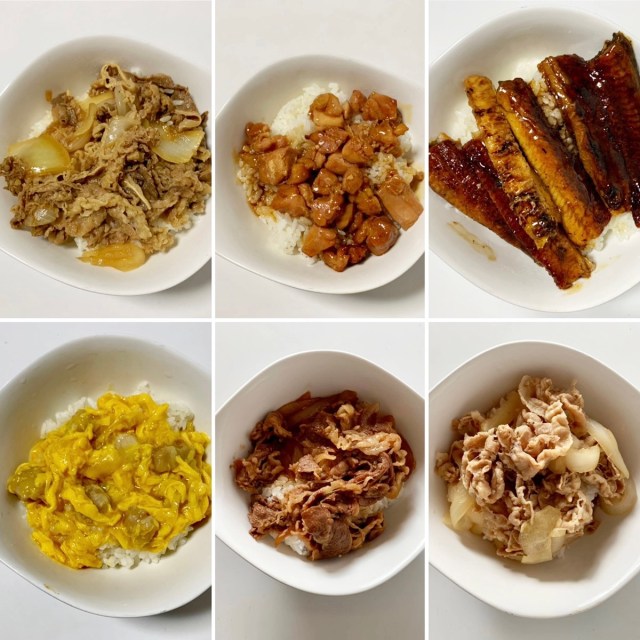
At least there’s no mistaking what’s inside.
An unusual social side effect of the COVID-19 pandemic has been its impact on the Japanese year-end tradition of fukubukuro or “lucky bags.” These are special bags of a store or restaurant’s goods, the contents of which often turn out to be more than the price paid.
Because of this they can be a huge draw and lead to big crowds during the New Year’s holidays. However, since no company wants their holiday sale to make headlines as a super spreader event, some places decided to do it differently.
In some cases, the new normal is that lucky bags are reserved and/or purchased online in advance. That’s just what our writer Seiji Nakazawa did to get a fukubukuro from beef-bowl chain Yoshinoya, and much to his delight it even arrived early!
Perhaps one perk to having it delivered to his home is that the lucky bag doesn’t really need to be a bag at all anymore. In this case he got a fuku-box in the shape of the famous Yoshinoya bowl. Since it’s reusable, this alone would be worth the 5,184 yen (US$45.60) price for die-hard fans of the restaurant.
And just as you might expect, this giant Yoshinoya bowl was full of a bunch of Yoshinoya food!
Since Yoshinoya has long sold home versions of its dishes in retort (boil-in-bag) pouches, this was the perfect opportunity to bring that classic taste into Seiji’s home. Here’s the full count of what he got.
Beef bowl ingredients 3 x120 gram (4.2 ounce) pouches
Pork bowl ingredients 2 x 120 gram (4.2 ounce) pouches
Beef yakiniku bowl ingredients 2 x 120 gram (4.2 ounce) pouches
Grilled chicken bowl ingredients 2 x 120 gram (4.2 ounce) pouches
Oyakodon (chicken and egg bowl) ingredients 1 x 120 gram (4.2 ounce) pouch
Eel Kabayaki 1 x pouch with two pieces of eel
Pickled ginger 1 x 60 gram (2.1 ounce) pouch
In addition to all that, there was also one randomly chosen capsule from the Yoshinoya miniature capsule toy series. Seiji received the At Home Set, which was fitting.
However, this was actually the first time Seiji ever tried Yoshinoya retort pouches. He decided to start with the standard beef bowl. The pouches just contain the toppings and it was up to Seiji to procure the rice.
He was amazed at how well the taste of the restaurant was maintained in this pouch. Both the flavor and the texture were spot on.
As for the others, Seiji was a little ashamed to admit that he never really ate anything from Yoshinoya aside from the normal beef bowl. But since that was faithfully reproduced it looked like this was going to be the perfect chance to experience the other dishes they have to offer.
When eating the eel kabayaki, pork bowl, and beef yakiniku bowl, he could easily get a feel of Yoshinoya from each.
▼ Eel kabayaki
▼ Beef yakiniku bowl
▼ Pork bowl
On the other hand, the chicken dishes were a little weak. The grilled chicken bowl didn’t feel very fresh compared to the beef, but the sauce had a good taste.
The oyakodon had some nice and gooey eggs, but they weren’t really flavorful enough to carry the whole dish. Seiji thought that perhaps mixing the two chicken pouches would lead to something worthwhile.
Ideas like that are actually what makes the Yoshinoya lucky box kind of great. Since everything is prepared at home, you can experiment by mixing and matching or creating your own unique toppings with their classic ingredients as a foundation.
It’s also great because contrary to other restaurant lucky bags that usually give lots of coupons, these pouches save you repeated trips to the store. That’s especially appreciated in the cold winter months of the New Year’s holidays.
Photos: ©SoraNews24
● Want to hear about SoraNews24’s latest articles as soon as they’re published? Follow us on Facebook and Twitter!
[ Read in Japanese ]

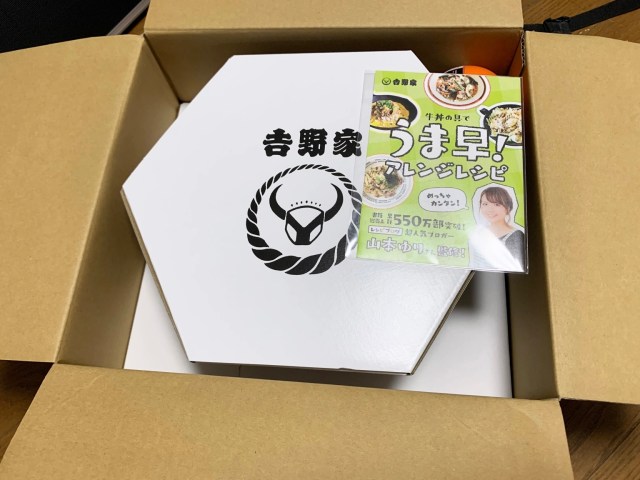


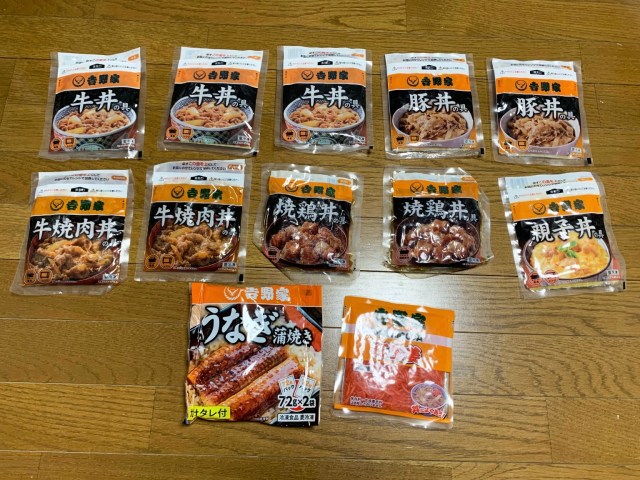
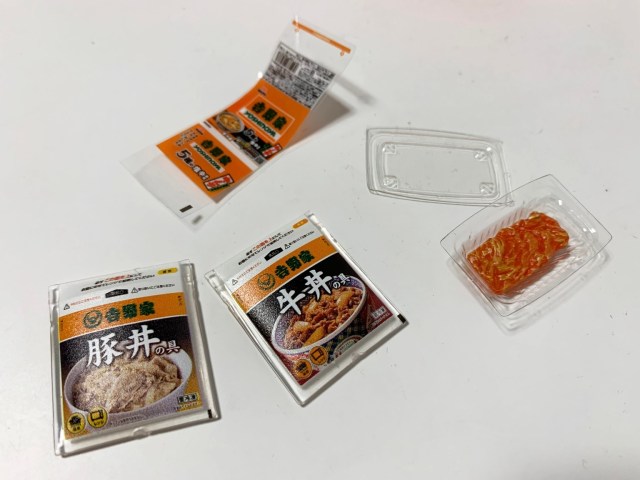
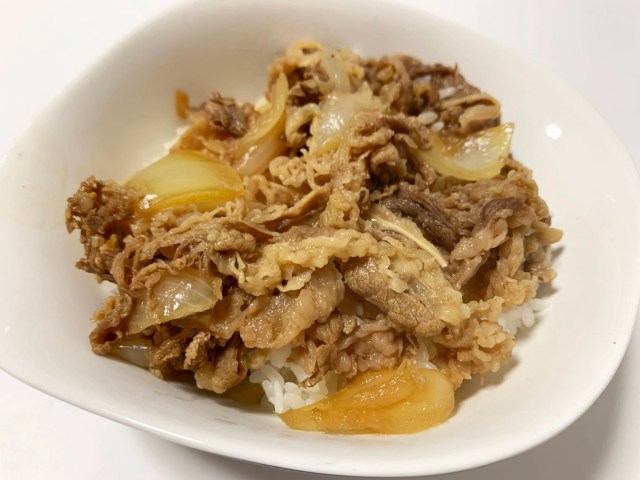
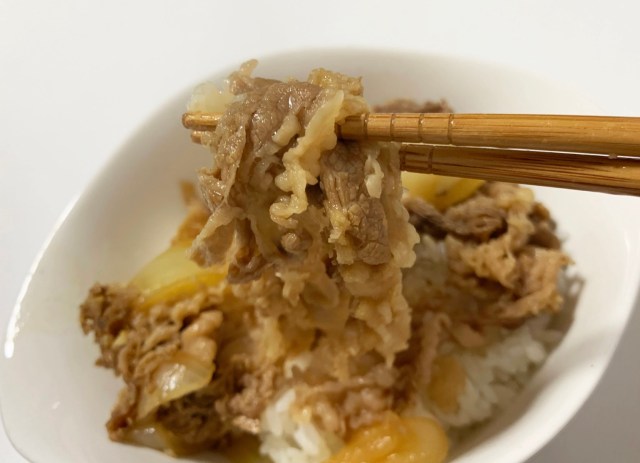
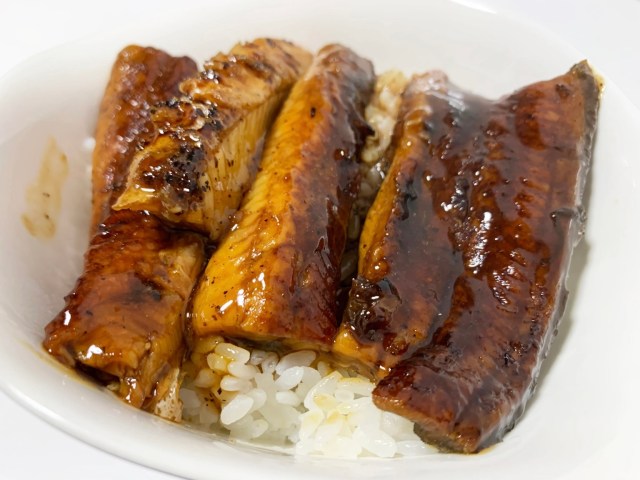
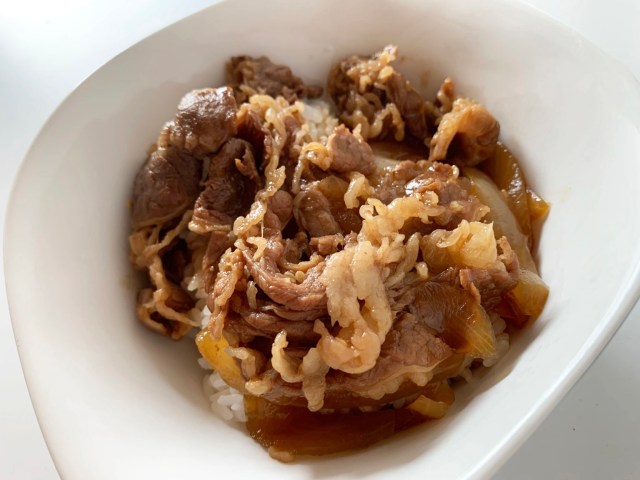
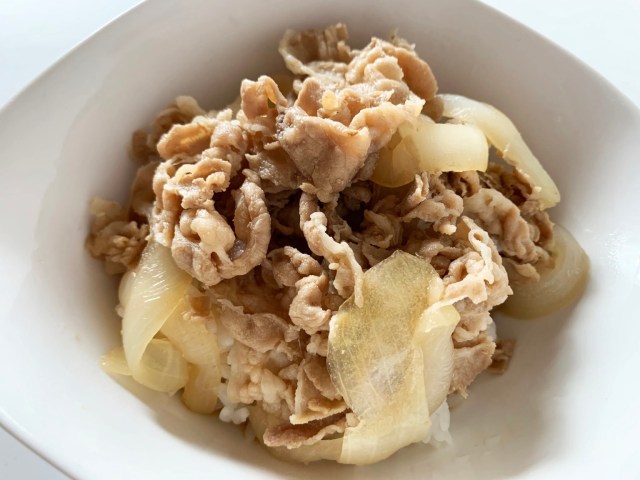
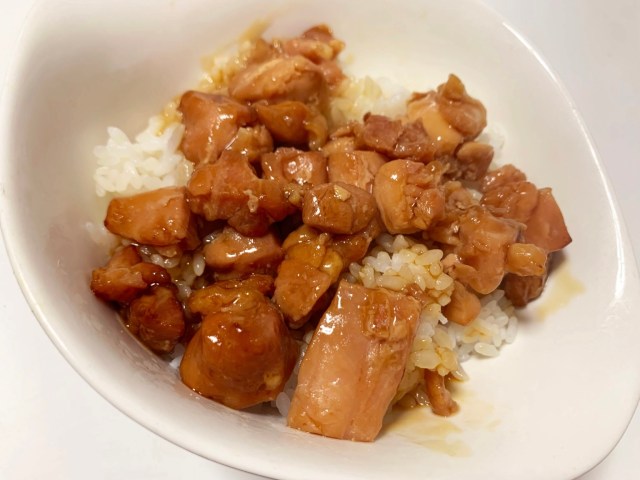
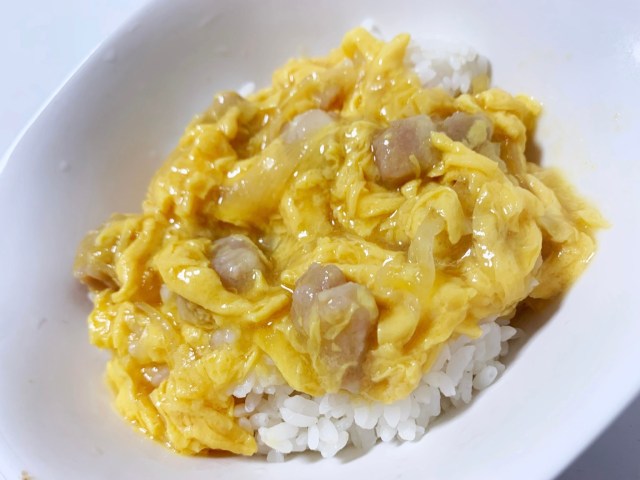
 Yoshinoya has a semi-secret chicken bowl you won’t find anywhere on its website【Taste test】
Yoshinoya has a semi-secret chicken bowl you won’t find anywhere on its website【Taste test】 Japanese beef bowl chain Yoshinoya releases new canned, ready-to-eat rice bowls 【Taste Test】
Japanese beef bowl chain Yoshinoya releases new canned, ready-to-eat rice bowls 【Taste Test】 Yoshinoya beef bowls become miniature gacha toys
Yoshinoya beef bowls become miniature gacha toys Nintendo’s Kirby launches Operation Full Stomach at Yoshinoya, rewards your appetite with merch
Nintendo’s Kirby launches Operation Full Stomach at Yoshinoya, rewards your appetite with merch Trying Yoshinoya for the first time in his life, is our Indonesian reporter impressed?【Taste test】
Trying Yoshinoya for the first time in his life, is our Indonesian reporter impressed?【Taste test】 Non-tourist trap fish market in northeastern Japan captures our hearts with amazing sashimi
Non-tourist trap fish market in northeastern Japan captures our hearts with amazing sashimi Kyoto becomes City of Yokai, with Night Parade of One Hundred Demons festival this autumn
Kyoto becomes City of Yokai, with Night Parade of One Hundred Demons festival this autumn Japan’s newest life-size Gundam is finished, receives Shinto blessing in Osaka【Video】
Japan’s newest life-size Gundam is finished, receives Shinto blessing in Osaka【Video】 Chinese drivers flocking to Japan for quick and easy route to international licenses
Chinese drivers flocking to Japan for quick and easy route to international licenses One of Japan’s most awesome rail passes, the Seishun 18 Ticket, just got a lot less awesome
One of Japan’s most awesome rail passes, the Seishun 18 Ticket, just got a lot less awesome No train, no hotel – How to do an overnight bus trip to Kanazawa from Tokyo – Part 1【Photos】
No train, no hotel – How to do an overnight bus trip to Kanazawa from Tokyo – Part 1【Photos】 McDonald’s Japan debuts new anime girl mascot character with incredibly long name
McDonald’s Japan debuts new anime girl mascot character with incredibly long name Korean basketball coach humiliates player live on TV, tapes his mouth shut
Korean basketball coach humiliates player live on TV, tapes his mouth shut We try a delicious hidden gem in Fukuoka, unknown to even Japanese people
We try a delicious hidden gem in Fukuoka, unknown to even Japanese people Studio Ghibli releases new “Butterflies in the Forest” Totoro towels
Studio Ghibli releases new “Butterflies in the Forest” Totoro towels What’s the deal with akebi, the perfectly purple, alien-like fruit that’s in season now in Japan?
What’s the deal with akebi, the perfectly purple, alien-like fruit that’s in season now in Japan? Totoro, Calcifer, other Ghibli stars returning as humidifiers ahead of Japan’s dry winter days【Pics】
Totoro, Calcifer, other Ghibli stars returning as humidifiers ahead of Japan’s dry winter days【Pics】 Is downtown Tokyo’s crazy cheap 290-yen bento boxed lunch shop still around, and is it still cheap?
Is downtown Tokyo’s crazy cheap 290-yen bento boxed lunch shop still around, and is it still cheap? Meet the kind Japanese grandpa who takes photos for tourists at the Hachiko statue in Shibuya
Meet the kind Japanese grandpa who takes photos for tourists at the Hachiko statue in Shibuya Studio Ghibli releases new mug tumblers featuring anime movie characters
Studio Ghibli releases new mug tumblers featuring anime movie characters How to power up the coolest cheap souvenir from Nintendo’s official shop with a trip to Daiso
How to power up the coolest cheap souvenir from Nintendo’s official shop with a trip to Daiso Why was the Lithuanian ambassador to Japan working in a fast food beef bowl joint in Tokyo?
Why was the Lithuanian ambassador to Japan working in a fast food beef bowl joint in Tokyo? Line of foreign tourists leads us to Akihabara’s meatiest fatty ramen【Taste test】
Line of foreign tourists leads us to Akihabara’s meatiest fatty ramen【Taste test】 Japanese convenience store Family Mart announces abolishment of eat-in spaces
Japanese convenience store Family Mart announces abolishment of eat-in spaces Studio Ghibli releases new insect whistle necklace from Nausicaä of the Valley of the Wind
Studio Ghibli releases new insect whistle necklace from Nausicaä of the Valley of the Wind Totoro sequel anime Mei and the Baby Catbus will screen at Ghibli Park this winter
Totoro sequel anime Mei and the Baby Catbus will screen at Ghibli Park this winter Starbucks Japan unveils Halloween Frappuccino for 2024, and it’s like drinking a magic spell
Starbucks Japan unveils Halloween Frappuccino for 2024, and it’s like drinking a magic spell Evangelion creator Hideaki Anno returning to anime with new project for 50-year-old franchise
Evangelion creator Hideaki Anno returning to anime with new project for 50-year-old franchise Studio Ghibli releases new Howl’s Moving Castle goods that capture the magic from the anime movie
Studio Ghibli releases new Howl’s Moving Castle goods that capture the magic from the anime movie Adult Jam Bread causes a stir at store in Tokyo
Adult Jam Bread causes a stir at store in Tokyo Right now is the peak time to go to Tokyo’s most-beautiful-view beer garden【Photos】
Right now is the peak time to go to Tokyo’s most-beautiful-view beer garden【Photos】 Pizza Hut adds a “Guilty Secret” sandwich to its menu for a limited time
Pizza Hut adds a “Guilty Secret” sandwich to its menu for a limited time McDonald’s new Happy Meals offer up cute and practical Sanrio lifestyle goods
McDonald’s new Happy Meals offer up cute and practical Sanrio lifestyle goods Foreign tourists on Shinkansen bullet train break suitcase etiquette, angering local passengers
Foreign tourists on Shinkansen bullet train break suitcase etiquette, angering local passengers [Deleted] Article written for April Fool’s Day 2018
[Deleted] Article written for April Fool’s Day 2018 Japanese government to make first change to romanization spelling rules since the 1950s
Japanese government to make first change to romanization spelling rules since the 1950s Foreigner’s request for help in Tokyo makes us sad for the state of society
Foreigner’s request for help in Tokyo makes us sad for the state of society Ghibli founders Toshio Suzuki and Hayao Miyazaki contribute to Japanese whisky Totoro label design
Ghibli founders Toshio Suzuki and Hayao Miyazaki contribute to Japanese whisky Totoro label design Tokyo’s most famous Starbucks is closed
Tokyo’s most famous Starbucks is closed Princesses, fruits, and blacksmiths: Study reveals the 30 most unusual family names in Japan
Princesses, fruits, and blacksmiths: Study reveals the 30 most unusual family names in Japan Doraemon found buried at sea as scene from 1993 anime becomes real life【Photos】
Doraemon found buried at sea as scene from 1993 anime becomes real life【Photos】 Japanese Black Wagyu from Yoshinoya – Premium beef isn’t just for politicians anymore!【Taste test】
Japanese Black Wagyu from Yoshinoya – Premium beef isn’t just for politicians anymore!【Taste test】 Yoshinoya’s wagyu beef box for Japanese politicians
Yoshinoya’s wagyu beef box for Japanese politicians From beef bowl to beef pouch? Taste testing Yoshinoya’s instant gyudon packs
From beef bowl to beef pouch? Taste testing Yoshinoya’s instant gyudon packs Yoshinoya sells frozen beef bowl topping packs, but are they as good as the restaurant kind?
Yoshinoya sells frozen beef bowl topping packs, but are they as good as the restaurant kind? What does three months of Yoshinoya beef bowls do to your body? Medical study announces results
What does three months of Yoshinoya beef bowls do to your body? Medical study announces results Yoshinoya, Japan’s biggest beef bowl chain, is now serving fried chicken in Tokyo
Yoshinoya, Japan’s biggest beef bowl chain, is now serving fried chicken in Tokyo Yoshinoya’s new Super-Special-Large Bowl: A gigantic three-animal 1,700-calorie fest【Taste test】
Yoshinoya’s new Super-Special-Large Bowl: A gigantic three-animal 1,700-calorie fest【Taste test】 Shibuya strip show-adjacent extra-fatty beef bowl fails and succeeds in impressing us
Shibuya strip show-adjacent extra-fatty beef bowl fails and succeeds in impressing us Japan’s beef bowl king, Yoshinoya, releases new line of canned, ready-to-eat beef bowls
Japan’s beef bowl king, Yoshinoya, releases new line of canned, ready-to-eat beef bowls Hello Kitty and Badtz-maru grace high-class Arita-yaki ceramic Yoshinoya bowl that could be yours
Hello Kitty and Badtz-maru grace high-class Arita-yaki ceramic Yoshinoya bowl that could be yours Yoshinoya has an ultra-luxurious wagyu beef bowl you can only get one place in Japan【Taste test】
Yoshinoya has an ultra-luxurious wagyu beef bowl you can only get one place in Japan【Taste test】 Japanese restaurant chain shows us how to make katsudon in three minutes【SoraKitchen】
Japanese restaurant chain shows us how to make katsudon in three minutes【SoraKitchen】 A wild collab appears between Yoshinoya and Pokémon
A wild collab appears between Yoshinoya and Pokémon Who does a yakiniku beef bowl better: a Japanese vending machine or Yoshinoya?【Taste Test】
Who does a yakiniku beef bowl better: a Japanese vending machine or Yoshinoya?【Taste Test】 Beef bowl chain Yoshinoya’s historic first store to close, special countdown site launched!
Beef bowl chain Yoshinoya’s historic first store to close, special countdown site launched!
Leave a Reply